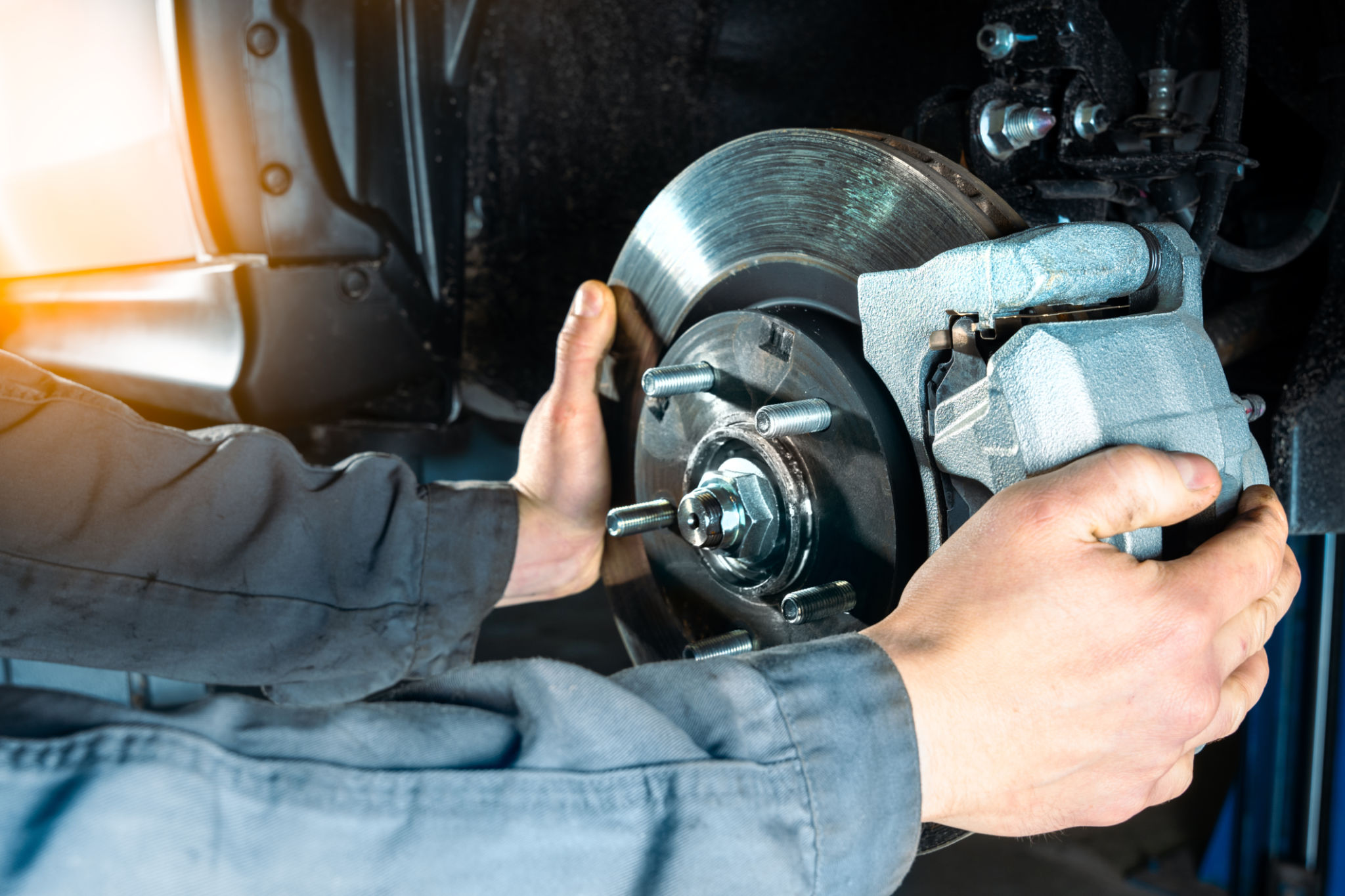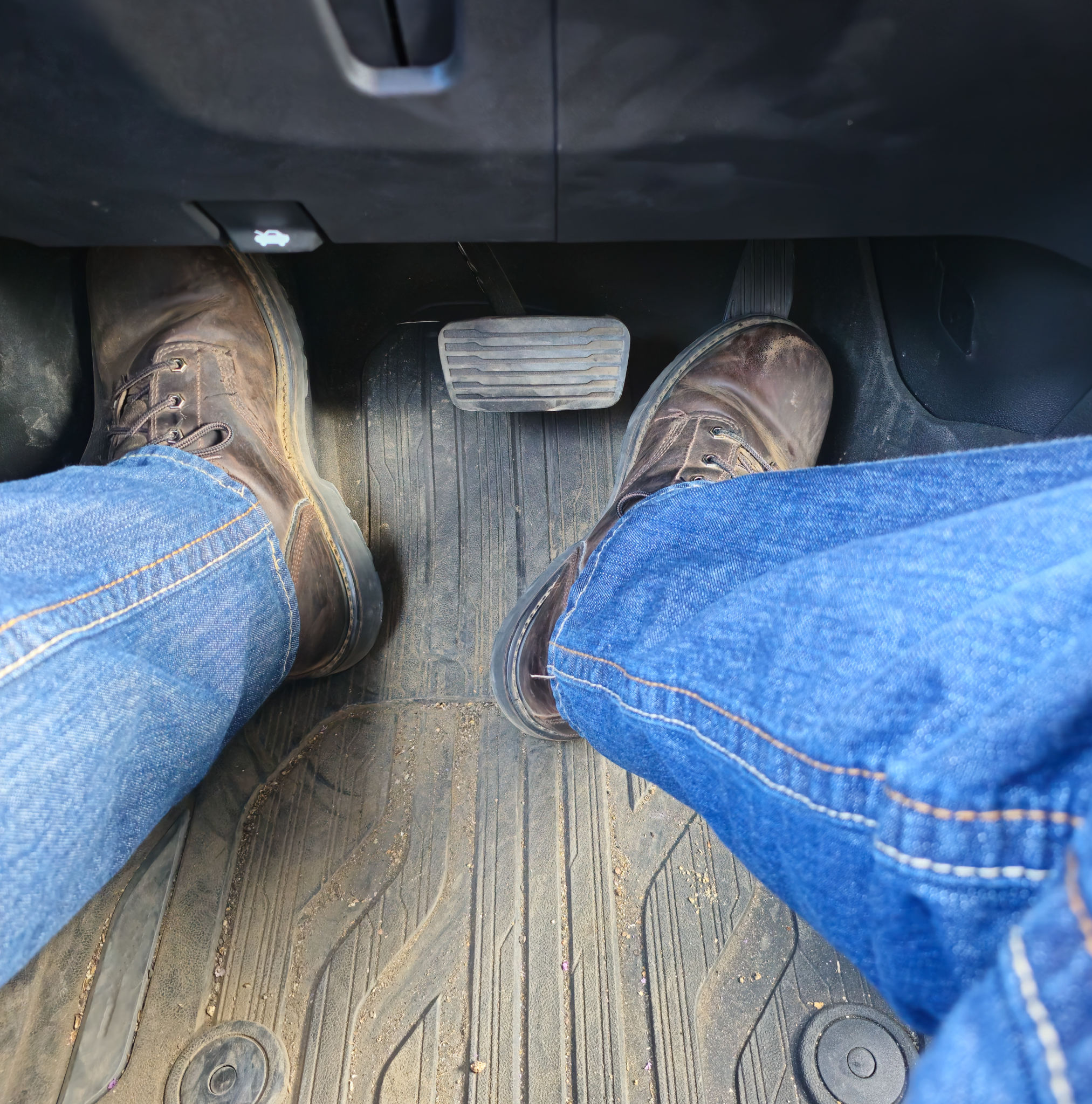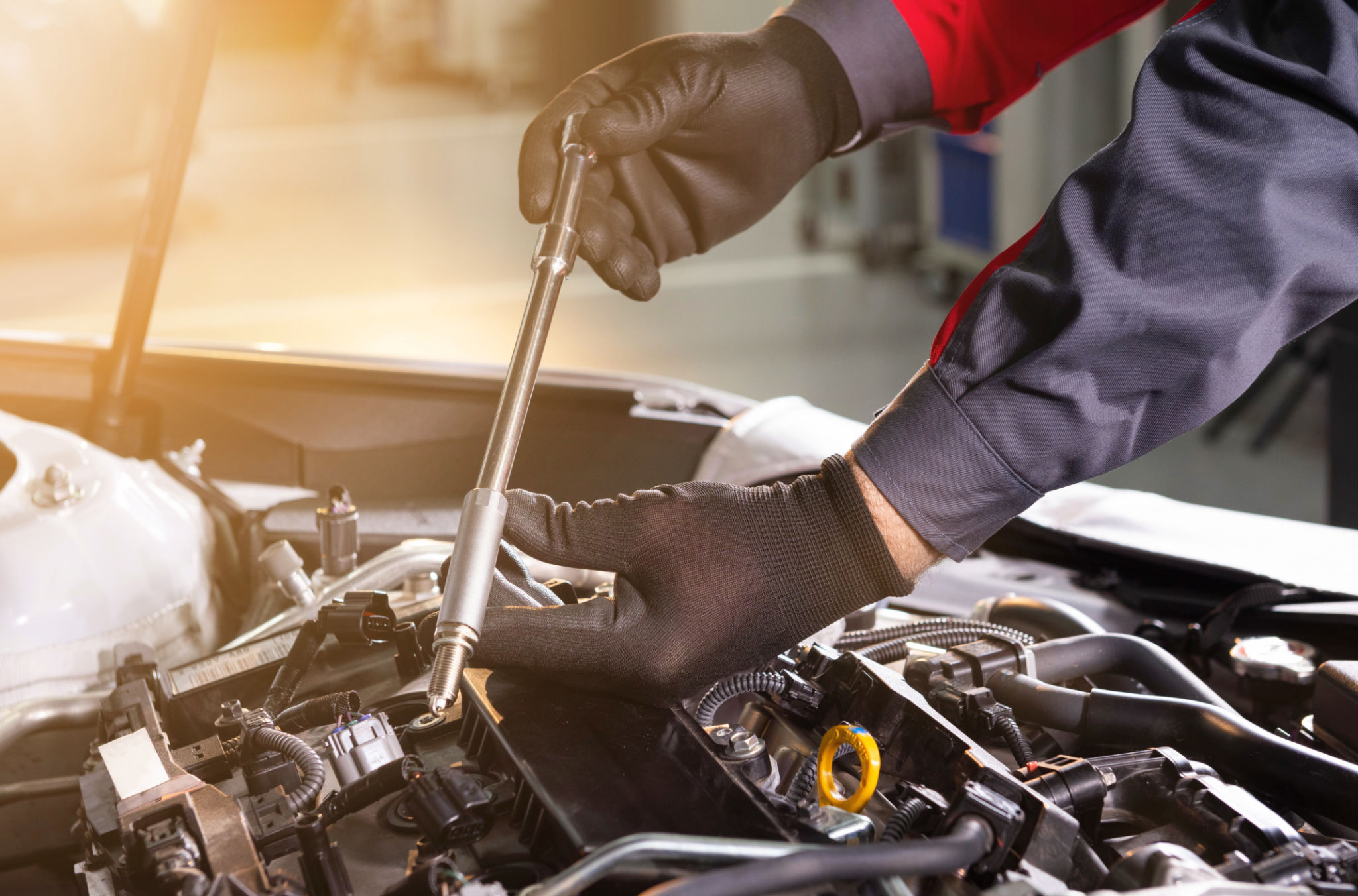How to Know When It's Time for a Brake Pad Replacement
Recognizing the Signs of Worn Brake Pads
Your vehicle's brake pads are essential for ensuring a safe driving experience. Knowing when to replace them is crucial to maintaining your car's performance and safety. But how can you tell when it's time for a change? Here are some key signs and tips to help you determine if your brake pads need replacing.

Unusual Noises While Braking
One of the most noticeable indicators of worn brake pads is unusual noises. If you hear a high-pitched squealing or squeaking sound when applying the brakes, it’s a clear sign that your brake pads might be wearing thin. Many brake pads come with wear indicators that emit this sound to alert you when they need replacement.
Additionally, if you hear a grinding noise, it may mean that the brake pads are completely worn down and the metal parts are rubbing against each other. This situation requires immediate attention to avoid further damage to your braking system.
Reduced Responsiveness or Fading
If you notice that your brakes are less responsive than usual or seem to fade when you apply them, it could be due to worn brake pads. A spongy or soft brake pedal may also indicate air in the brake lines or an issue with the hydraulic system, but it often points to the need for new pads.

Visual Inspection
A visual inspection can also help determine if it's time to replace your brake pads. You can often see the brake pads through the wheels of your car. If they appear less than a quarter of an inch thick, it's time for new ones. Regularly checking their condition can prevent costly repairs down the line.
Vibration or Pulsation
Feeling a vibration or pulsation in the brake pedal when applying pressure is another common sign of worn brake pads. This sensation often results from uneven wear or warped rotors, which can arise from prolonged use of worn pads.

Dashboard Warning Light
Many modern vehicles come equipped with dashboard warning lights that indicate when there’s an issue with the brakes. If you see a brake warning light illuminated on your dashboard, it’s essential to check your brake system immediately.
Regular Maintenance and Replacement
While these signs can help you determine when to replace your brake pads, regular maintenance is key to preventing issues. It's generally recommended to have your brake pads inspected during routine service appointments. A professional mechanic can provide accurate assessments and replace the parts as needed.
In general, brake pads should be replaced every 30,000 to 70,000 miles, but this can vary based on driving conditions and habits. Keeping track of your mileage and maintaining a regular schedule for inspections can help ensure your safety on the road.

By staying alert to these signs and keeping up with regular maintenance, you can ensure that your vehicle’s braking system remains efficient and reliable. Remember, proactive care not only enhances safety but also saves money by preventing more severe issues from developing.